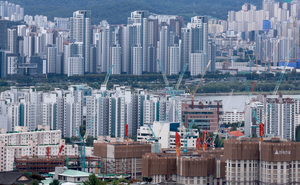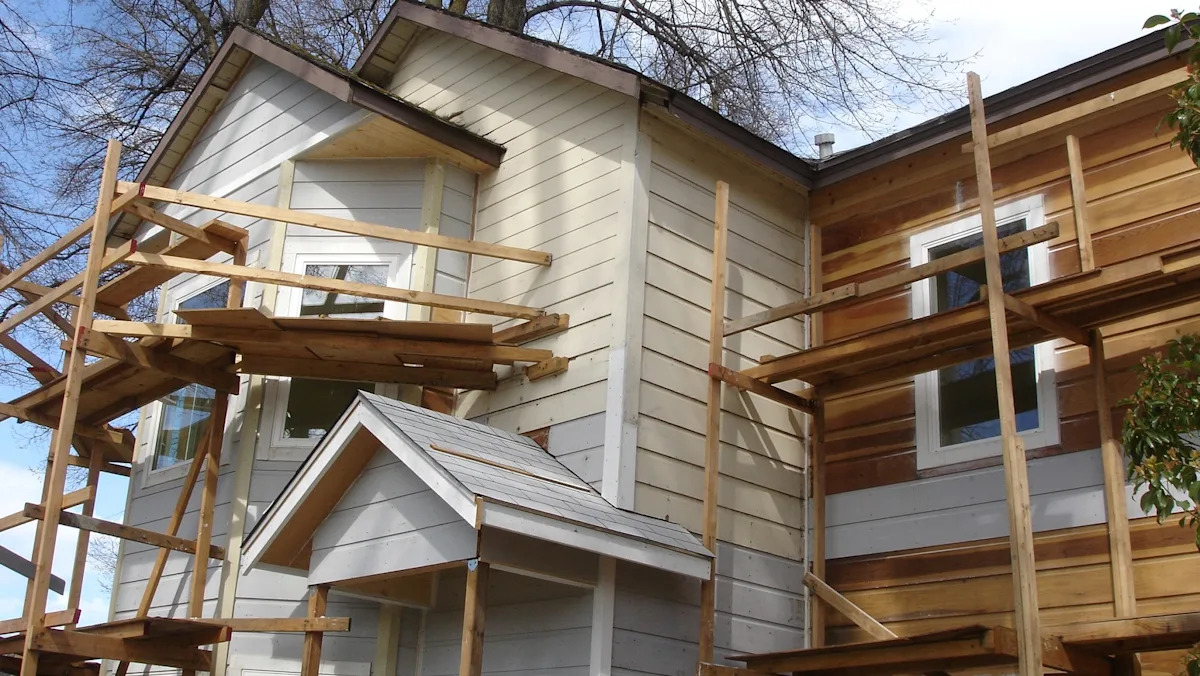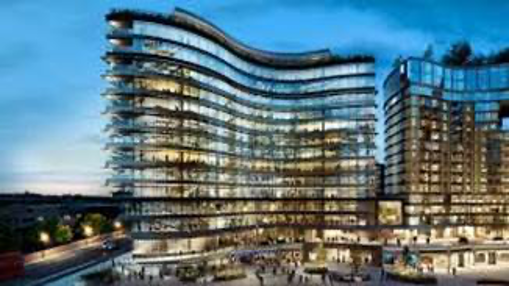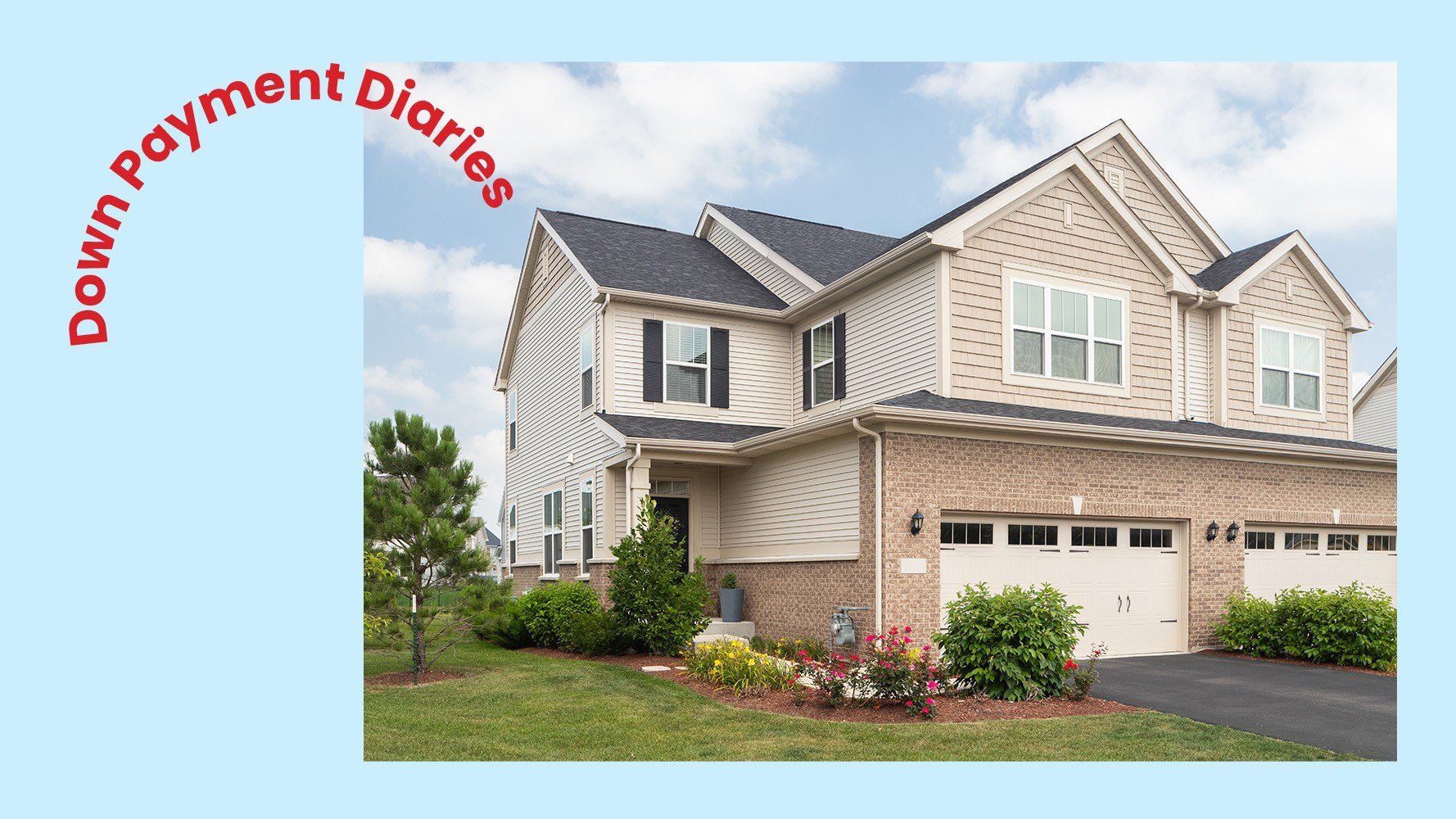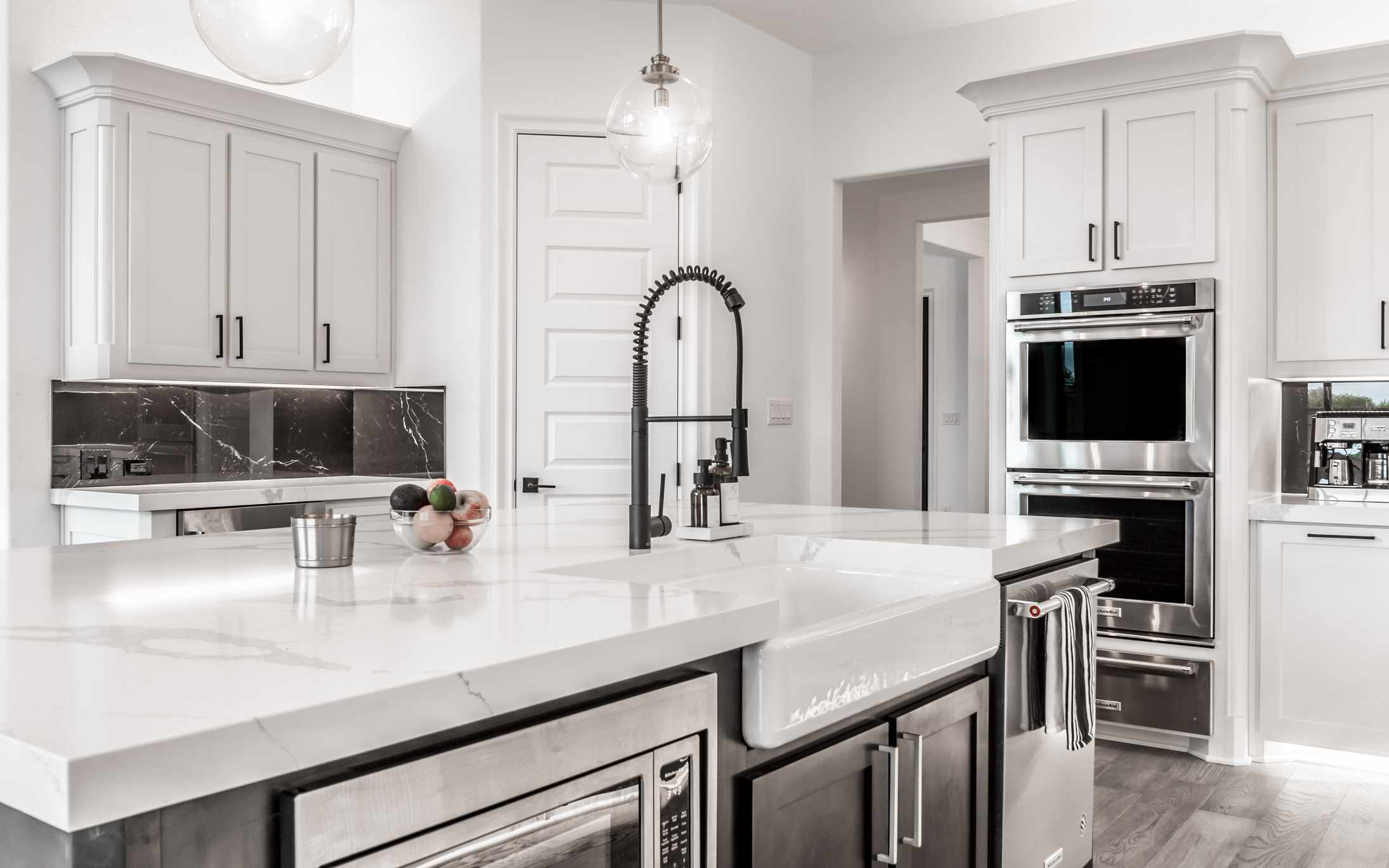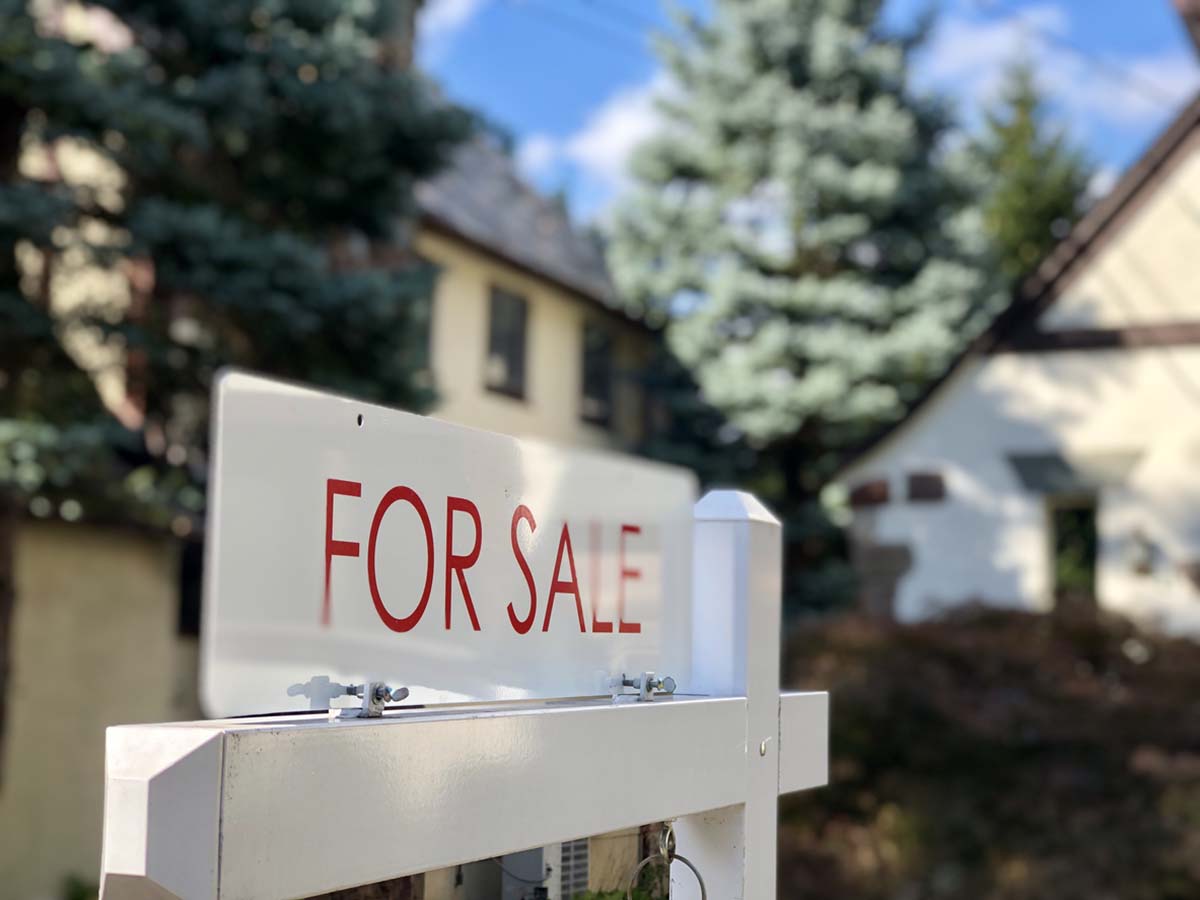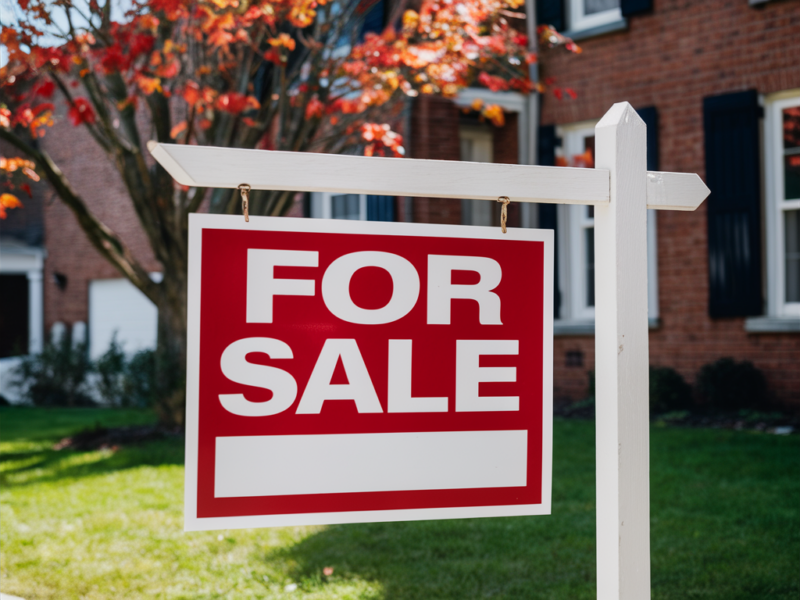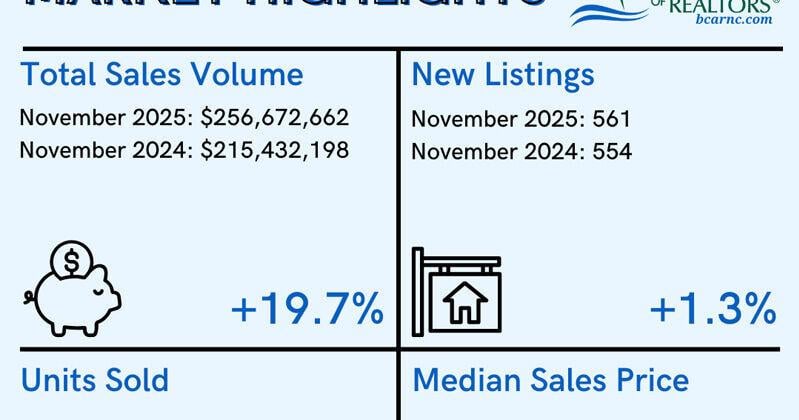A
partment prices in Seoul’s upscale Gangnam district surged by more than 20 % compared with 2024, according to a Ziptoss study. The average cost of a unit in a Gangnam apartment complex rose 622.9 million won ($436,000), a 22.8 % jump in the third quarter relative to the 2024 average. Gangnam, along with Songpa‑gu and Seocho‑gu, is one of the three “Gangnam” districts; Songpa and Seocho also saw price hikes of 21.2 % and 21.1 %, respectively. Gwacheon in Gyeonggi Province recorded the highest rise at 27.6 %.
Despite the overall upward trend, price movements across Greater Seoul are highly uneven. The Bank of Korea reported that apartment values in the Seoul‑Incheon‑Gyeonggi area are 44 % higher than the national average—the widest gap since August 2008. Yet Ziptoss data shows declines in some outlying cities: Pyeongtaek fell 8 % and Icheon dropped 8.6 % from 2024 levels.
Every Seoul district experienced price growth, ranging from steep increases in Songpa (18.3 %) and Seongdong (21.1 %) to modest gains in Geumcheon (1.3 %) and Gangbuk/Dobong (1.7 %). Proximity to Seoul correlates with stronger price gains in Gyeonggi cities. Apartment size also matters: units over 50 m² climbed over 12 %, while smaller units rose about 4 %.
Ziptoss CEO Lee Jae‑yun warned that the capital’s rising market is becoming increasingly polarized by region, building age, and size. As cash values decline and investors focus on quality assets, this multifaceted disparity could widen the wealth gap among residents.
